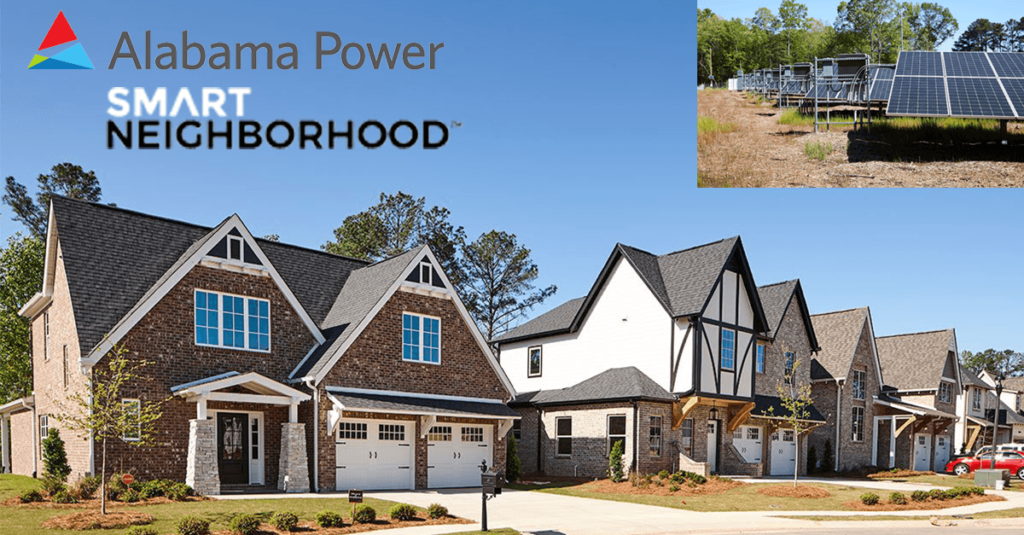
Imagine a neighborhood powered entirely by local energy. Shared solar panels, energy efficient homes, and community batteries to power houses at night. Even when the grid is down, lights and air conditioning will keep running without a hitch. While this vision remains a rarity, it is starting to happen. The Reynolds Landing Smart Neighborhood in Hoover, Alabama, is proof that local energy works and that homeowners want to be part of it. With a nod to the Jetsons, residents of the neighborhood enjoy smartphone-controlled security systems, car chargers in their garages, smart water heaters, grid-aware air conditioners – oh, and a microgrid powering the whole thing.
The 3-acre microgrid consists of a 330-kilowatt solar field and a battery system that stores up to 600-kilowatt hours. A 400-kilowatt natural gas generator backs up the microgrid during extended cloudy weather and grid outages. The 62 houses at Reynolds Landing are 35 percent more energy efficient than the average new home built in Alabama. It’s the first microgrid in the Southeast, and one of the few in the world, that’s able to power an entire community.
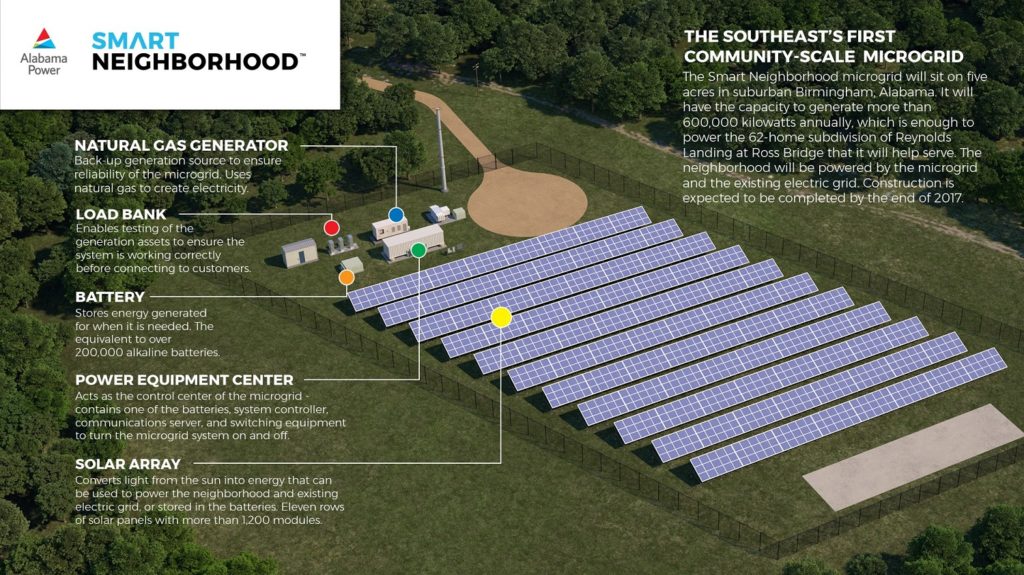
It’s inspiring to see a century-old utility develop a cutting-edge project like Reynolds Landing. Particularly when most utilities are dragging their feet on clean, local energy. This first-of-its-kind neighborhood microgrid project takes a mind-boggling level of coordination between energy consultants, component vendors, appliance providers, and the utility’s own internal stakeholders. Innovation doesn’t come easy, after all.
GET MONTHLY NEWS & ANALYSIS
Unsubscribe anytime. We will never sell your email or spam you.
Why aren’t there more neighborhood microgrids
The Alabama project sold all of its 62 smart houses within six months of opening its model. Similar projects as nearby as Florida and Georgia, and as far-flung as Japan have also been received enthusiastically by local residents. Clearly, this is an idea whose time has come.
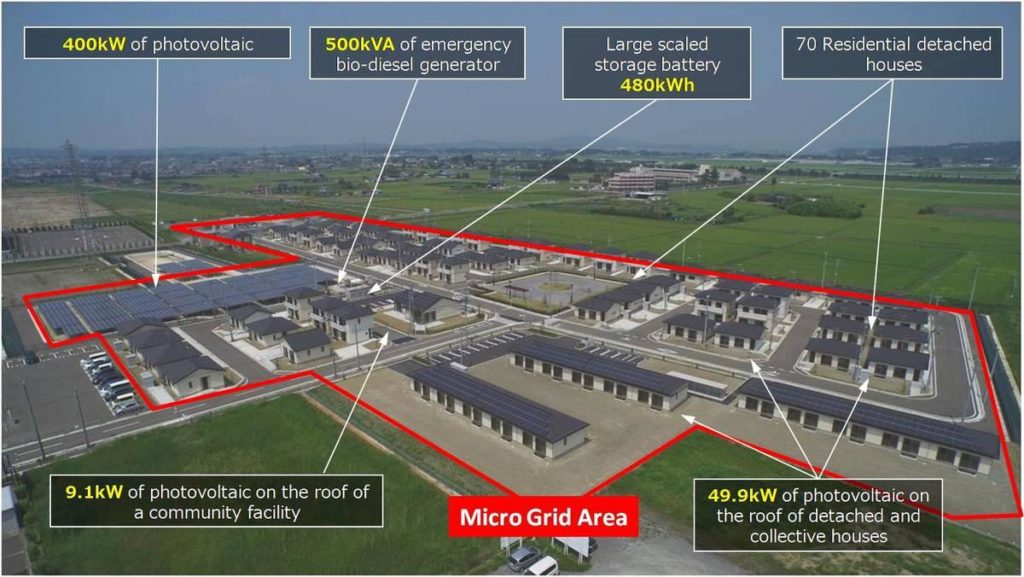
So, why aren’t these local energy communities springing up more quickly? The answer may surprise you. It turns out that in most places in the world, it’s illegal for anyone other than a utility to sell electricity. So while a homeowner or building owner can install solar panels or build a microgrid for their own purposes, they are not allowed to sell the electricity to someone else. As soon as they try, they run up against a century of laws protecting the utilities’ electric monopolies. In large part, this is why grid entrepreneurs and neighborhood microgrids remain a rarity.
Can utilities power the local energy opportunity?
When you think about local energy, neighborhood microgrids are one of the most obvious and compelling approaches. But even the most well-intentioned utilities will move far slower than the market opportunity. These large companies think in terms of decades, not months. For example, when asked about the implications of the Reynolds Landing neighborhood, Shon Richey of Alabama Power said, “we’re looking about 20 years down the road, to where standard energy code should be for the state of Alabama.” Yes, 20 years.
The power industry moves at a completely different pace than the rest of the world. Twenty years ago, DVDs were just starting to replace VHS, pagers were widely used and portable music players required cassette tapes. No one can envision what the world will look like in 20 years. Can you imagine how much faster we could innovate neighborhood microgrids, and every other kind of local energy if we let them move at the speed of technology?
Another challenge for utility-owned neighborhood microgrids is that electricity prices continue to be highly regulated and inflexible. For most industries, pricing is a strategic opportunity for innovation. Automobiles, for example, have purchases, leases, rentals, and more recently, services like Uber or Zipcar. Electric monopolies require years of regulatory processes for even simple pricing changes. Among other things, this means that utility-owned neighborhood microgrids are unlikely to pass along the actual lower costs of solar.
Community-scale solar power can cost as little as $0.07 per kilowatt hour. Utilities, on the other hand, are likely to maintain the same all-in prices they charge normal residential customers (the average U.S. residential cost is $0.12 per kilowatt hour). Because utilities have to cover higher cost sources like aging fossil fuel power plants, they can’t offer future microgrid users the full benefit of solar’s plummeting costs.
If we want to make these smart communities more common, we need to invite local energy entrepreneurs onto the grid.
Local Energy entrepreneurs will accelerate innovation in the power industry
Small regulatory changes can make a big difference in the local energy landscape. Most attempts at regulatory innovation involve broad changes affecting all aspects of the grid. I propose something much simpler. Let entrepreneurs work on the edge of the grid. Let them create tiny, Local Energy markets where electricity can be generated, bought, and sold among people in a community. To ensure these pioneering efforts don’t undermine the financial health of utilities or risk the technical stability of the grid, constrain them to small sizes like 500 kilowatts or 1 megawatt.
If Public Utility Commissions and Public Service Commissions across the country loosen regulations just a little bit, we could see a boom in the construction of neighborhood microgrids that are built and operated by energy entrepreneurs. This will not only speed up innovation by decades, it will accelerate the shift to clean energy. In fact, California’s Community Choice Aggregator regulations are proving that Local Energy organizations can deploy clean energy faster than even the most nimble utilities.
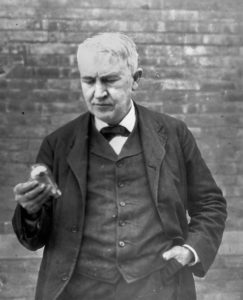
I believe in entrepreneurs. Some of the greatest industries on earth were born from the courage, persistence, and vision of entrepreneurs. In fact, it was the entrepreneurial triumphs of Thomas Edison, Nikola Tesla, and Sam Insull that gave birth to the modern power industry.
The contributions from utilities like Southern Company and Alabama Power cannot be overstated. But entrepreneurs created their industry. And I believe it’s time to once again let entrepreneurs play a role in building the future grid. My bet is that they will give even the Jetsons a run for their money.

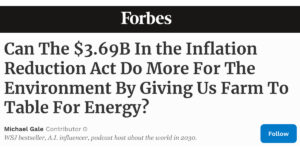

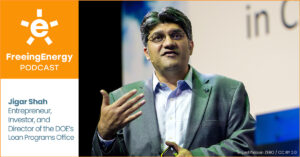
2 Responses
I live in a California 55+ community of owned lots, very good roads and sewers. The major areas where community solar could be installed, are the roofs of four club houses, and two large lots, for RV parking. Where can I get information as to area of solar needed, per household? Actual panel area vs. area of lot? etc.
Newt, I don’t have a specific site or service to recommend but there are tons of options in California. Companies like Solar City, Sunrun and Vivint will have all kinds of calculators for roof-top solar options. For a shared facility, like a club house, you might want a provider that focuses more on commercial scale projects. A quick google search shows lots of lists like this one: https://www.solarpowerworldonline.com/2017-top-california-solar-contractors/.